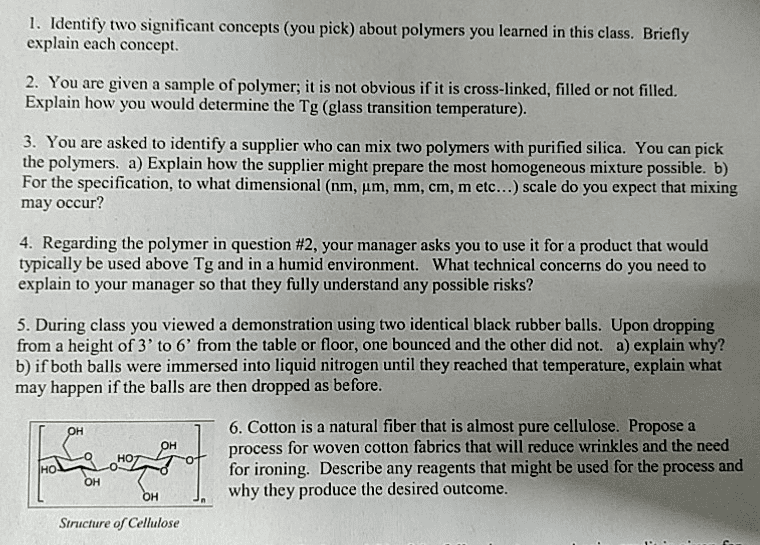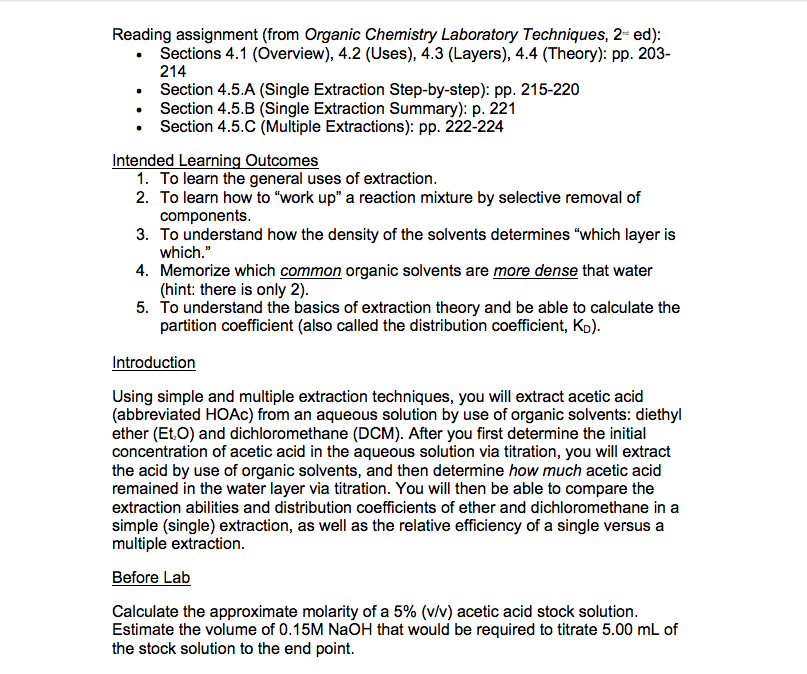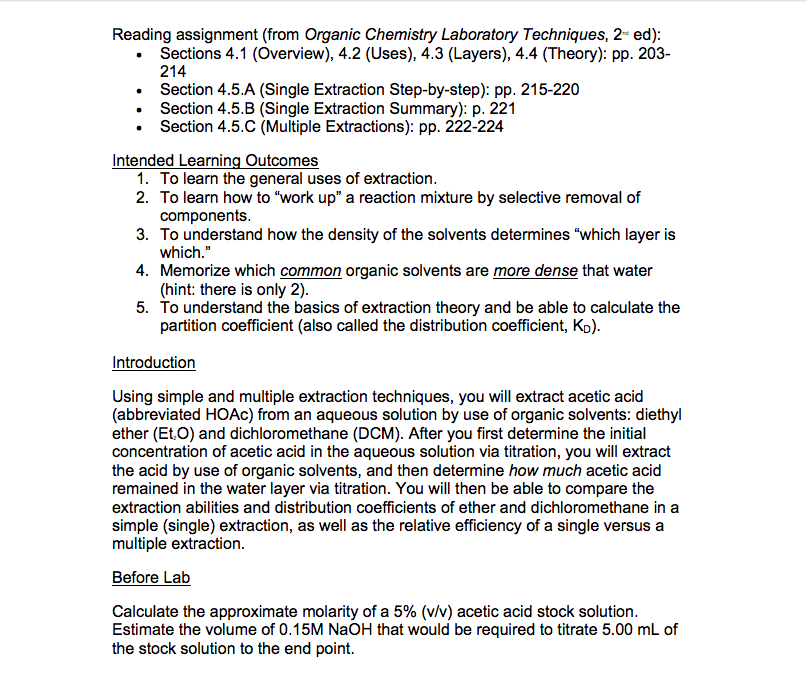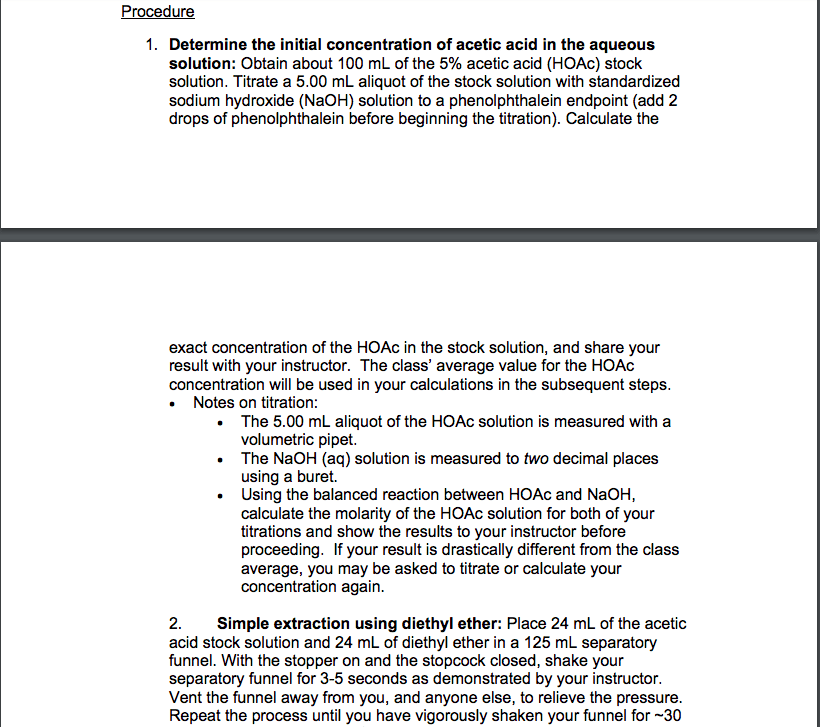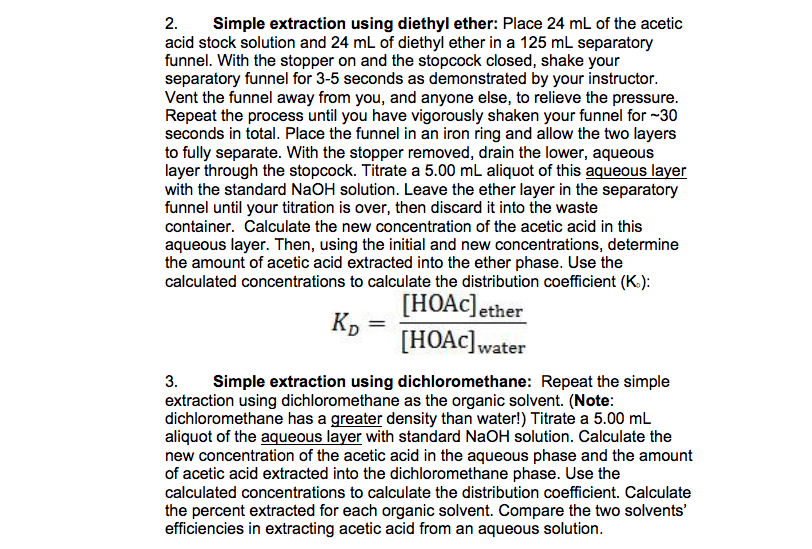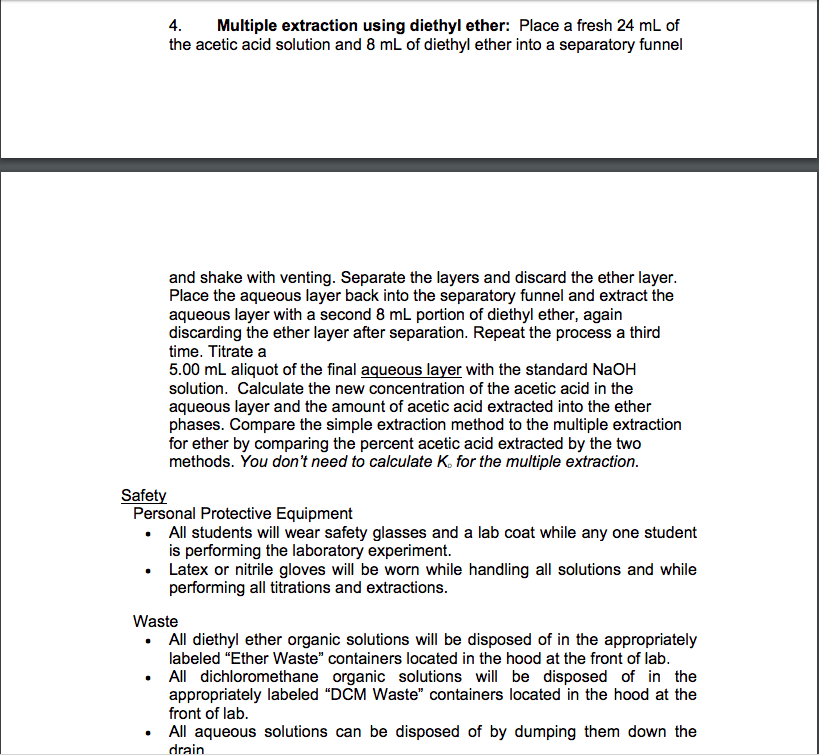APS104H1 : 2011 APS104-MSE-Chapter05-NPK-L30,31[1].pdf
73 views22 pages
15 Apr 2013
School
Course
Professor
Document Summary
Mechanical behaviour: suggested reading: pp 211 -222. Why is this so: consider mechanism of deformation. In highly ionic solids, dislocation motion is difficult: few slip systems, resistance to motion of ions of like charge (e. g. , anions) past one another. 7. 10 flexural tests measurement of elastic modulus of. Ceramics: room t behavior is usually elastic, with brittle failure, 3-point bend testing often used. - tensile tests are difficult for brittle materials. = midpoint deflection: determine elastic modulus according to: Flexural tests measurement of flexural: 3-point bend test to measure room-t flexural strength. = midpoint deflection: flexural strength: fs = fs. 3r (rect. cross section) (circ. cross section: typical values: Data from table 7. 2, callister & rethwisch 3e. 7. 11 elastic behaviour of ceramics: similar to metals but very low strain (<0. 001, no plastic deformation. E = e0(1 - 1. 9p + 0. 9p2: porosity is detrimental to the mechanical properties of the ceramics. Pores reduce the cross-section area where loads are applied.
Get access
Grade+20% off
$8 USD/m$10 USD/m
Billed $96 USD annually

Homework Help
Study Guides
Textbook Solutions
Class Notes
Textbook Notes
Booster Class
40 Verified Answers
